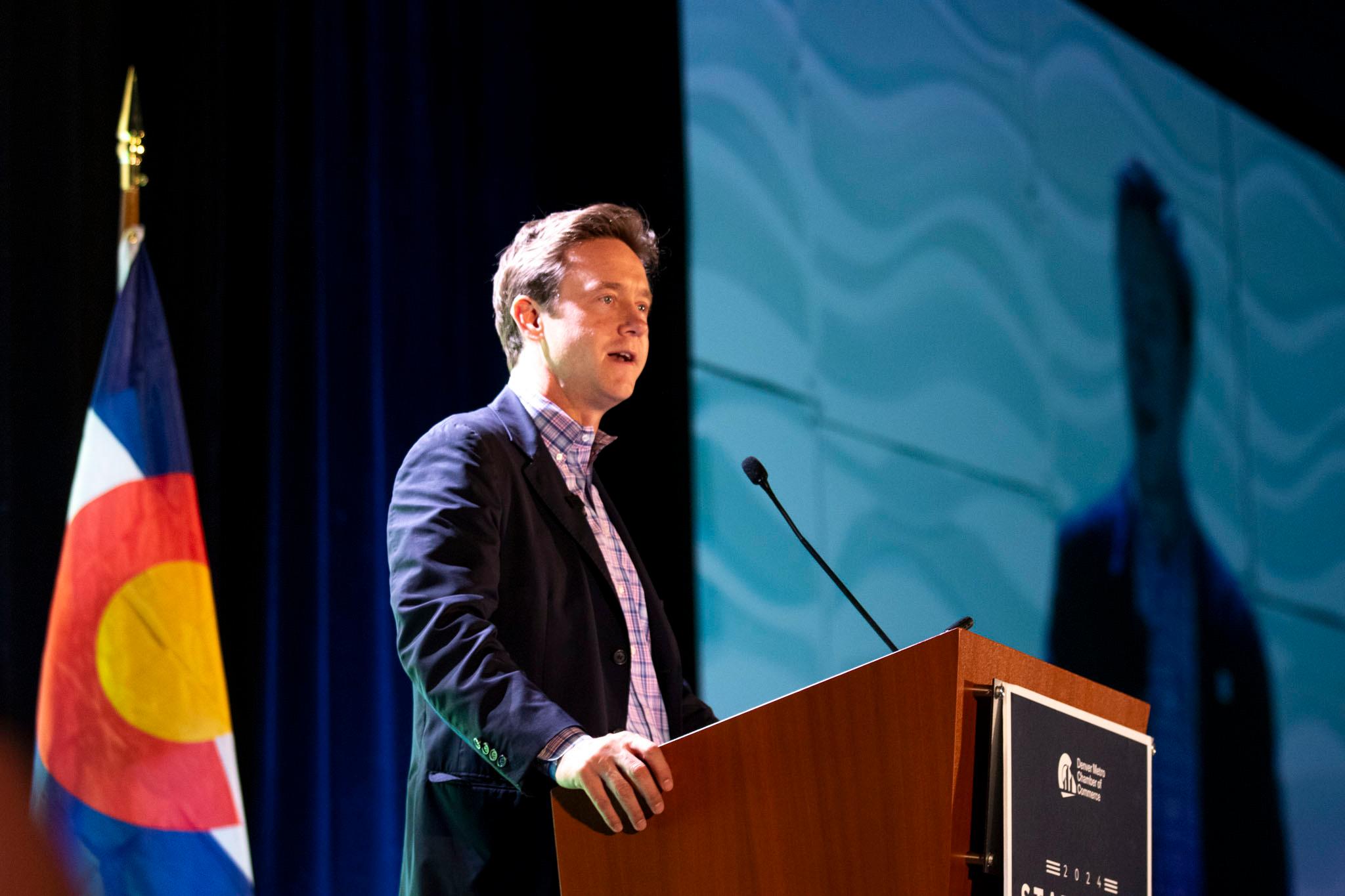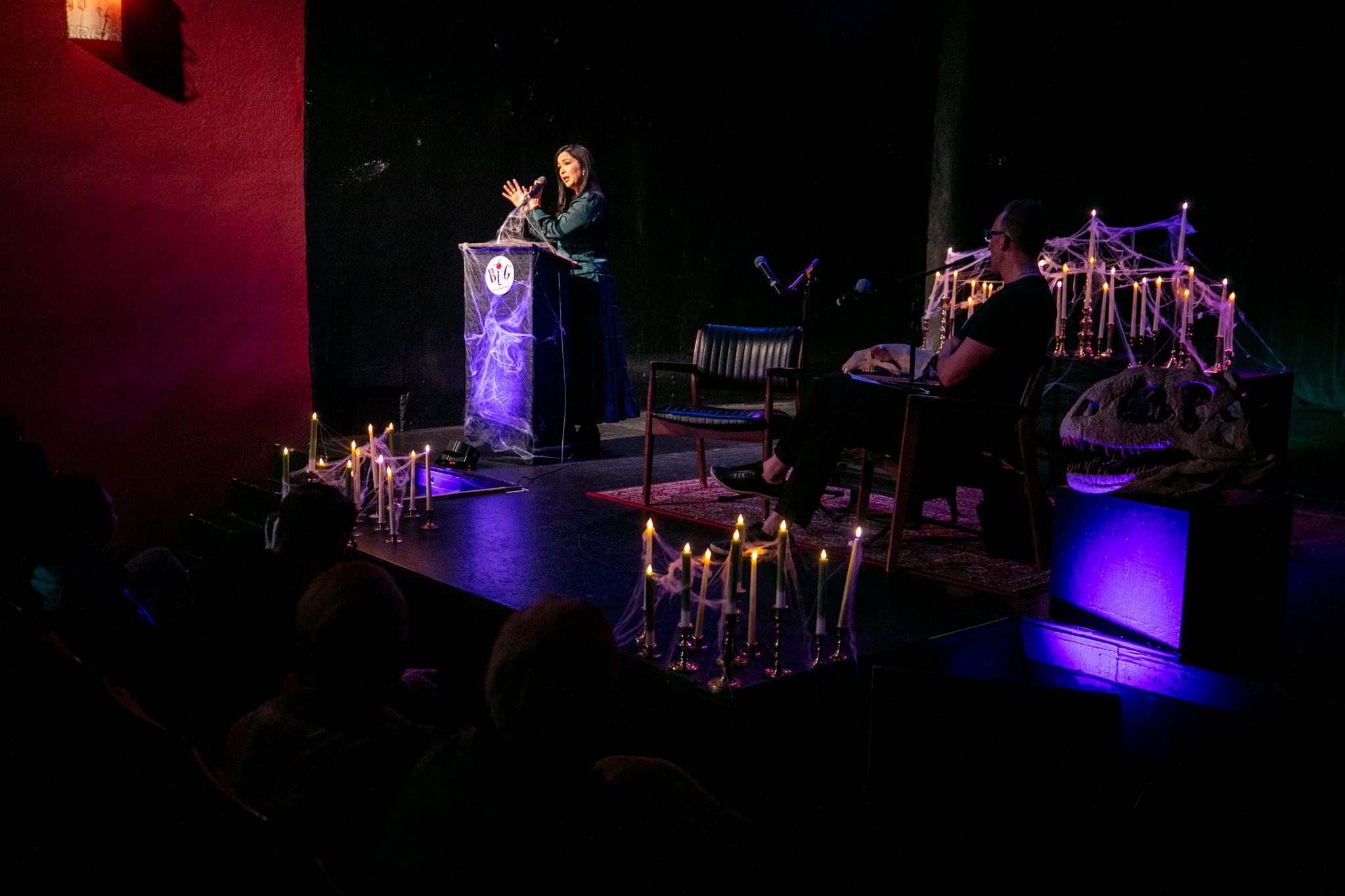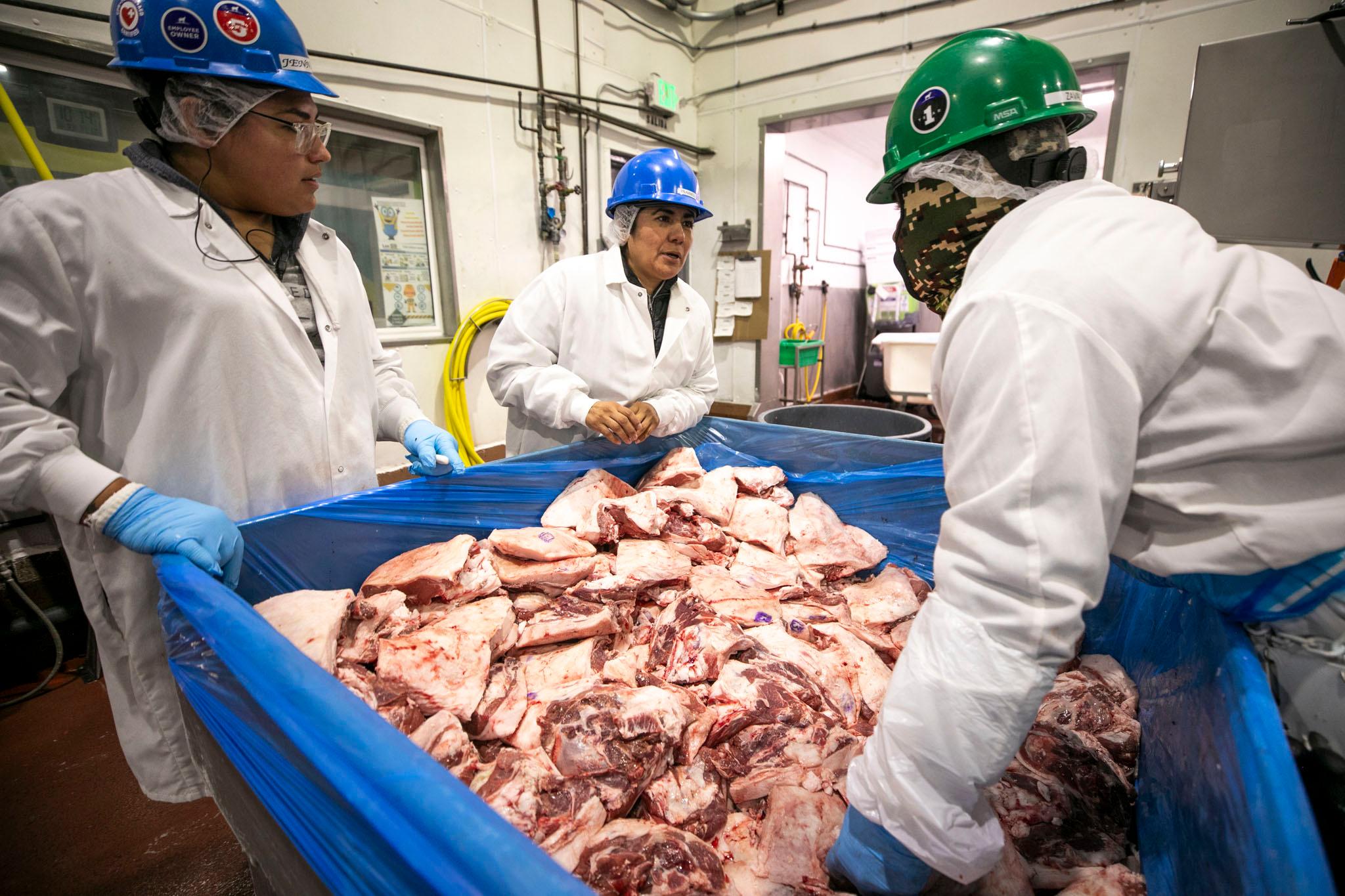By Ann Schimke, Chalkbeat
Colorado’s public preschool program fails to meet most targets for effectively serving young English learners, according to a new state-by-state report released today.
Besides having just two of nine recommended policies in place for serving such youngsters, Colorado also doesn’t know how many of the 22,000 preschoolers in its state-funded slots speak a home language other than English.
These findings come from the “State of Preschool 2017” report put out by the National Institute for Early Education Research, or NIEER, at Rutgers University. This year, in addition to the organization’s usual look at state preschool spending, enrollment, and quality, the report includes a section on how states are serving English learners. Nationwide, 23 percent of preschool-aged children fall into this category.
Colorado fared about the same as last year — average or below average — on the criteria examined annually in the preschool report. It ranked 25th among 43 states and Washington, D.C., for 4-year-old access to preschool, 10th for 3-year-old access and 39th for state preschool funding. It also met only five of 10 benchmarks measuring preschool quality, worse than most other states.
Colorado’s state-funded preschool program, called the the Colorado Preschool Program, provides half-day preschool to 3- and 4-year-olds who come from low-income families, have parents who didn’t finish high school, or other risk factors. Seven states, mostly in the West, have no public preschool programs.
Colorado isn’t alone in having few provisions focused on preschoolers learning English. About two-dozen other states also met two or fewer of the report’s nine benchmarks, which include policies such as allocating extra funding to English learners, and screening and assessing them in their home language.
Only three states met eight or nine of the benchmarks: Texas, Maine, and Kansas.
Colorado education department officials said the NIEER report could help spur changes in the Colorado Preschool Program.
“This actually might be an opportunity for us to look at these more specific indicators of high quality practices [for] dual-language learners, to help drive improvements in our program,” said Heidi McCaslin, preschool director at the Colorado Department of Education.
To alter the program or its data collection requirements, she said the state legislature would have to change the law or the State Board of Education would have to change rules.
Authors of the new report say supporting English learners is important, especially early in life.
“For all children, the preschool years are a critical time for language development.” said Steve Barnett, senior co-director of the institute. “We know that dual-language learners are a group that makes the largest gains from attending high-quality preschool. At the same time they’re at elevated risk for school failure.”
Colorado earned credit for two of the study’s English-learner benchmarks: for allowing bilingual instruction and having policies to support families of young English learners. Those policies include providing enrollment information and communicating with the child’s family in the home language.
McCaslin mentioned one Colorado preschool initiative focused on dual-language learners. It’s a training to help preschool teachers distinguish between children who have speech problems because of a disability and those who have speech delays because they are learning English and another language at the same time.
Chalkbeat is a nonprofit news site covering educational change in public schools.













